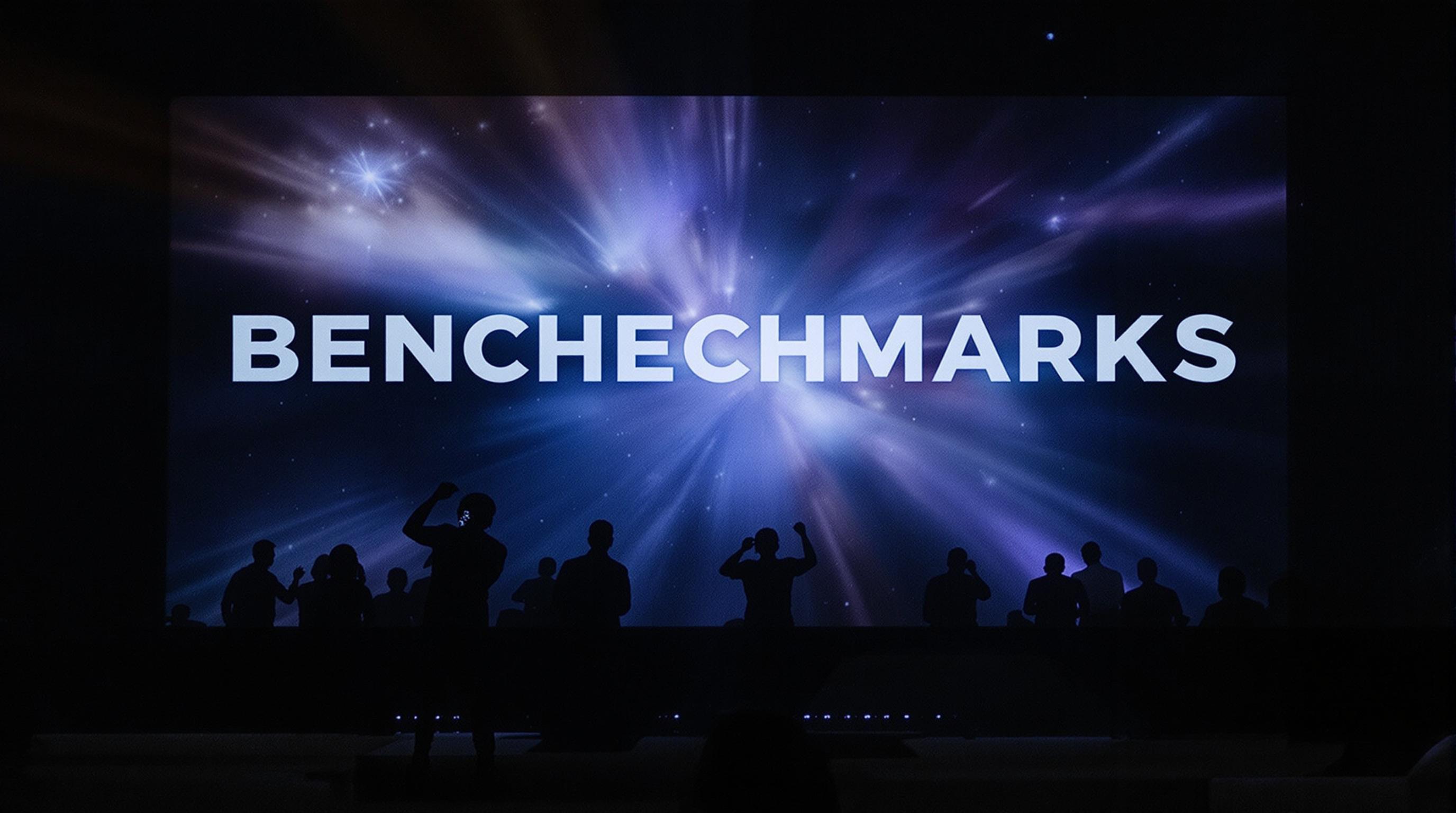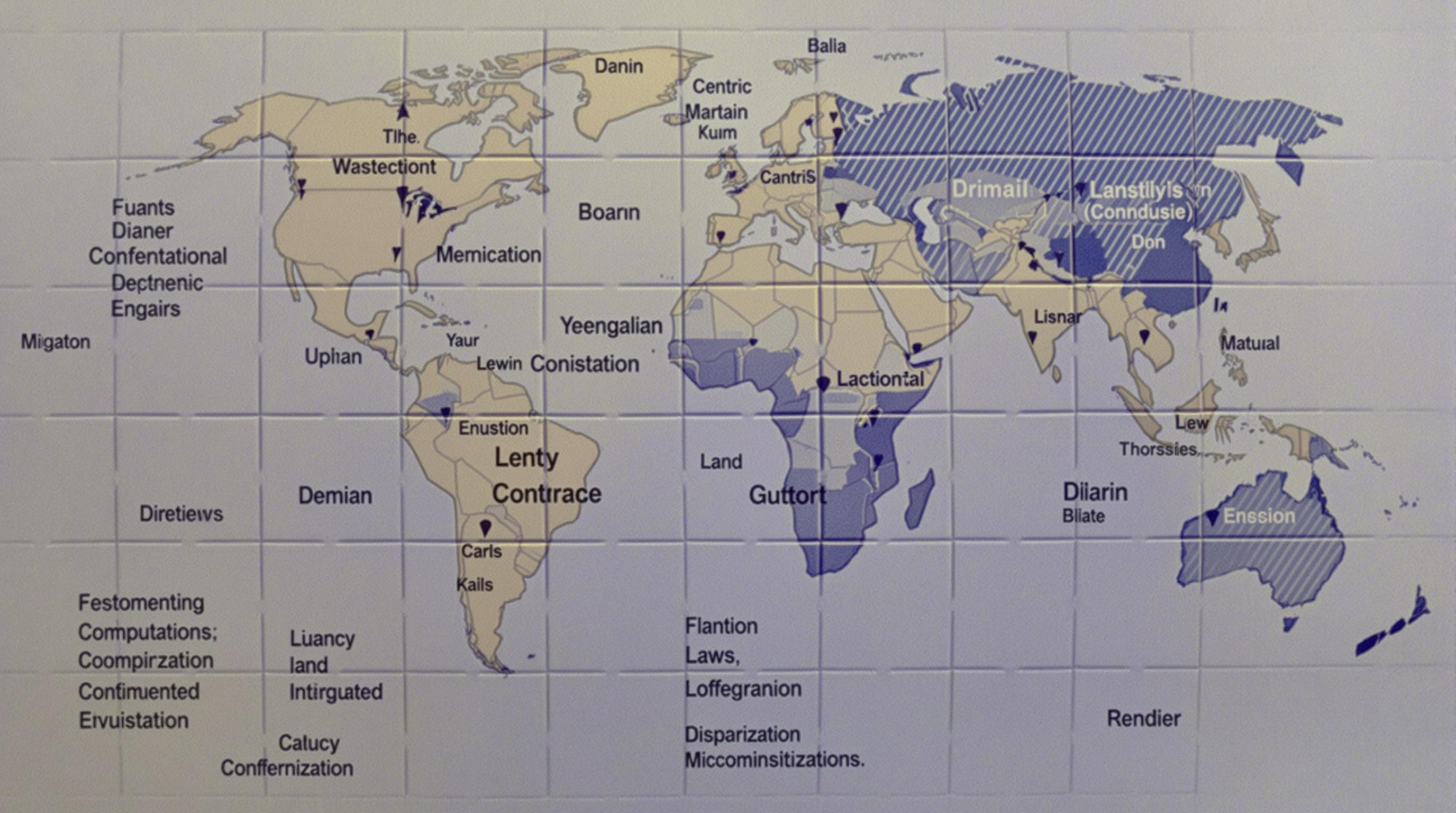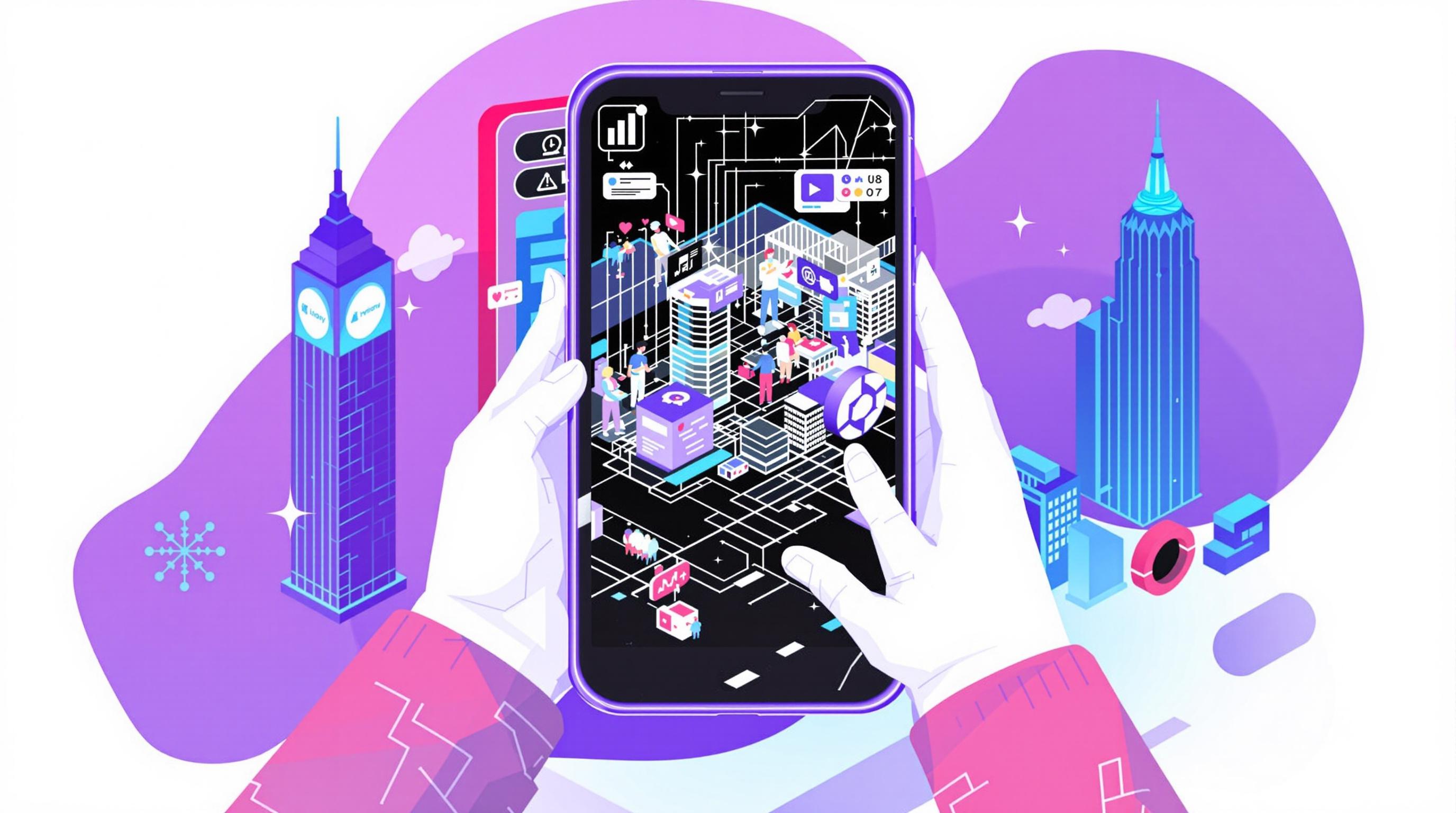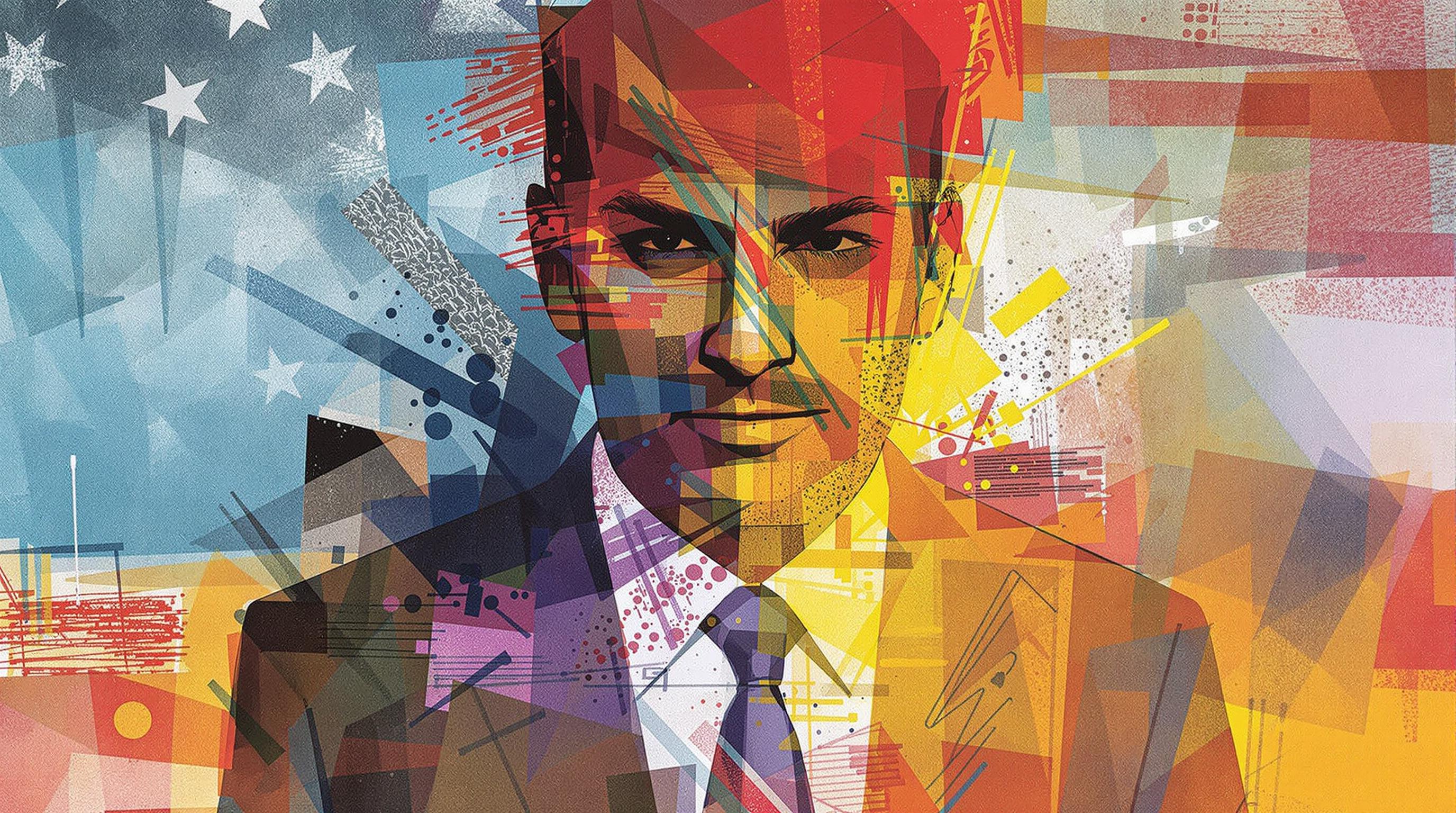Related Articles
- Redefining Boundaries: How Disruptive Innovation is Reshaping the Future of Legal Conflict Resolution
- The Future of Litigation: How Virtual Reality is Transforming Trial Preparation and Witness Testimony
- The Hidden Power of Narrative: Crafting Compelling Legal Stories Amidst Procedural Complexity
- Evolving Benchmarks: The Unexpected Impact of Pop Culture on Legal Precedents and Jury Perception
- Jurisdictional Jigsaw: How Globalization is Redefining Legal Practice and Client Representation in Uncharted Territories
- Legal Futures: The Overlooked Impact of Augmented Reality on Contract Negotiation and Dispute Resolution
Unveiling the Unseen: How Blockchain is Transforming Intellectual Property Rights Management
Unveiling the Unseen: How Blockchain is Transforming Intellectual Property Rights Management
Blockchain technology is reshaping the landscape of Intellectual Property Rights (IPR) management, offering new avenues for creators to protect their work while enhancing transparency and efficiency. In this article, we'll explore how blockchain is revolutionizing IPR, its current applications, real-world examples, and potential challenges ahead.
The Wild West of Intellectual Property Rights
Back in the day, the management of intellectual property rights was a complex labyrinth. Creators, be it writers, artists, or inventors, often found themselves in a perpetual struggle to prove ownership and protect their creations.
Consider the case of artist Shepard Fairey, who famously created the "Hope" poster for Barack Obama's 2008 presidential campaign. Despite its worldwide recognition, Fairey faced a lawsuit from The Associated Press, which claimed copyright infringement. Ultimately, Affair settled, but the ordeal highlighted a critical issue within IPR: the difficulty of authenticating ownership.
How Blockchain Works
At its core, blockchain is a decentralized ledger technology that securely records transactions across multiple computers. Each transaction is stored in a “block” and then chained together in a chronological order, thus creating a permanent and immutable record. This setup allows for enhanced transparency and traceability, making it nearly impossible to alter past transactions without consensus from the network.
Bringing Transparency to the Creative Process
Imagine a scenario where an author uploads their manuscript onto a blockchain platform. Upon doing so, they receive a unique digital signature, establishing a timestamp of their creation. This allows the author not only to prove ownership but also to share their work globally without fear of theft or plagiarism.
This can lead to decoupling the creative process from traditional models plagued by bureaucracy. According to a study by Gartner, 80% of companies working on blockchain see it as an alternative way to handle the issues related to copyright.
Case Study: Ascribe.io
One platform stepping into this realm is Ascribe.io, which has pioneered a way for creators to register their work on the blockchain. Users can upload digital art, photography, and other creative works, which are then stored on the blockchain along with ownership information.
Ascribe takes it a step further by enabling artists to retain control over their work. For example, they can issue licenses to users wishing to utilize their creations while ensuring they receive royalties every time their work is sold or modified. “It’s all about giving power back to the creators,” says co-founder Timo Lehes. This innovative approach highlights the potential of blockchain technology as a tool for empowering artists in a digital age.
Royalty Revolution
One particularly promising application of blockchain is its ability to facilitate seamless royalty payments. Traditional methods involve numerous intermediaries, which can lead to delays, inconsistencies, and even losses in revenue. With blockchain, creators can receive automatic payments every time their work is utilized, leveraging smart contracts that execute transactions without the need for third-party validation.
For example, imagine a musician whose song is streamed on a platform. Instead of waiting months for payments, a smart contract utilizes blockchain to ensure the musician receives their royalties instantly. According to a report by Forbes, this has the potential to increase artist earnings by nearly 50% due to decreased reliance on traditional channels.
The Birth of Provenance
Another remarkable aspect of blockchain is its ability to authenticate the provenance of digital assets. In an era dominated by digital art and collectibles, establishing a clear history of ownership is paramount. Non-fungible tokens (NFTs), a unique application of blockchain technology, can serve as proof of authenticity for digital assets.
Digital artist Beeple sold an NFT titled "Everydays: The First 5000 Days" for a jaw-dropping $69 million in March 2021, signaling the rise of blockchain in the realm of art. This surge not only highlighted the demand for authenticated work but also demonstrated that creators could receive fair compensation for their digital art.
Challenges on the Horizon
However, as we celebrate the advancements blockchain brings to IPR management, we must also acknowledge the challenges that come with such rapid innovation. A common critique is the environmental impact of blockchain networks, particularly those that utilize proof-of-work consensus mechanisms, which require substantial energy to validate transactions.
Moreover, questions about regulatory compliance loom over the blockchain space. Governments worldwide are still grappling with developing cohesive strategies to govern cryptocurrencies and related technologies. As blockchain continues to evolve, ensuring a balance between innovation and regulation will be crucial for its sustainability.
Blockchain and Copyright Laws: A Match Made in Heaven?
The relationship between blockchain technology and existing copyright laws is complex. While blockchain offers unprecedented means to validate ownership and usage rights, it also raises questions about the scope of copyright protections in the digital age. Should works registered on a blockchain be considered inherently protected under copyright, or does this groundbreaking technology necessitate new legal frameworks? Only time will tell.
A thought-provoking perspective comes from Bitcoin pioneer Andreas Antonopoulos, who said, "Blockchain is an incredible tool for transparency, trust, and decentralization but does not replace the need for laws; we must adapt our legal systems to fit this new world." This indicates a crucial juncture we find ourselves on: the need for legislative evolution as blockchain's role in IPR management grows.
Bridging the Gap between Creators and Consumers
The rise of blockchain technology also has significant implications for consumers. By enhancing transparency and trust, consumers can engage more meaningfully with creators. A music fan, for example, could access a blockchain-based platform where they can not only purchase a song but also trace its entire history—from the original creation to various collaborations—thus deepening their connection to the artist's work.
Real-World Applications Beyond the Arts
While much of the conversation around blockchain and IPR revolves around the arts, its potential extends far beyond. For instance, in the fashion industry, brands like Provenance are leveraging blockchain to trace the entire lifecycle of garments—from sourcing materials to production—ensuring authenticity and responsible sourcing practices.
This not only helps brands tell their story but also empowers consumers to make informed decisions about the products they purchase. With Millenials and Gen Z increasingly favoring brands committed to sustainability, blockchain could be a game-changer in reshaping consumer behavior.
Conclusion: Are We Ready for This Metamorphosis?
As the youngest member of a small but mighty digital marketing team, I often find myself contemplating the future of IPR rights management—especially as someone who loves to create. Based on my research, the best days are ahead for creators, thanks to blockchain’s potential to cover loopholes traditional methods present. If we can bridge the gap between technologists, creators, and regulators, everyone stands to benefit from this revolutionary approach.
In a world increasingly dominated by digital creations and virtual transactions, it’s time we embrace this metamorphosis. So, to all visionaries and innovators: Are you ready for the change that blockchain can bring to intellectual property rights? Let’s unlock the potential together.




